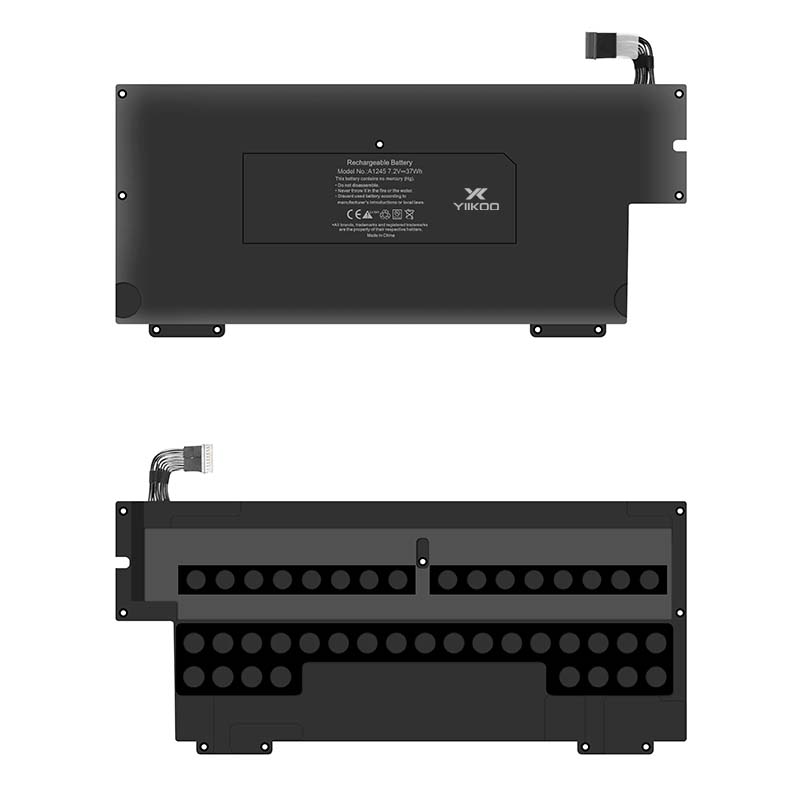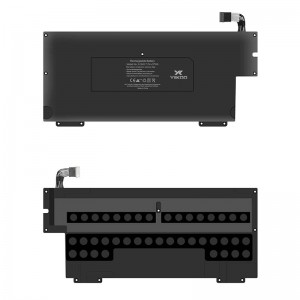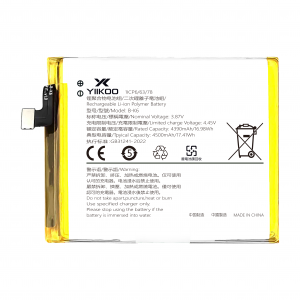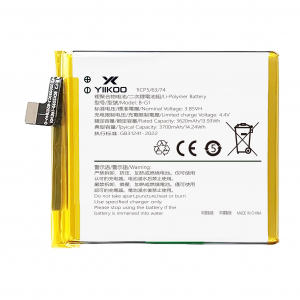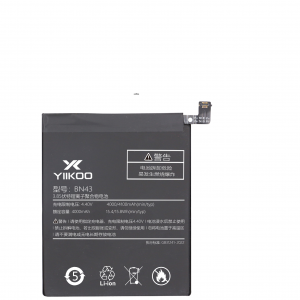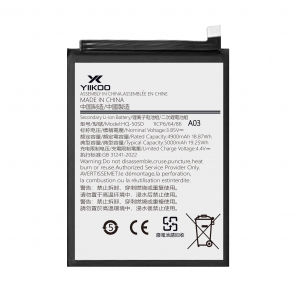7.2V Replacement 37Wh Macbook Battery For A1237/A1304 Wholesale Price A1245
Detailed Picture
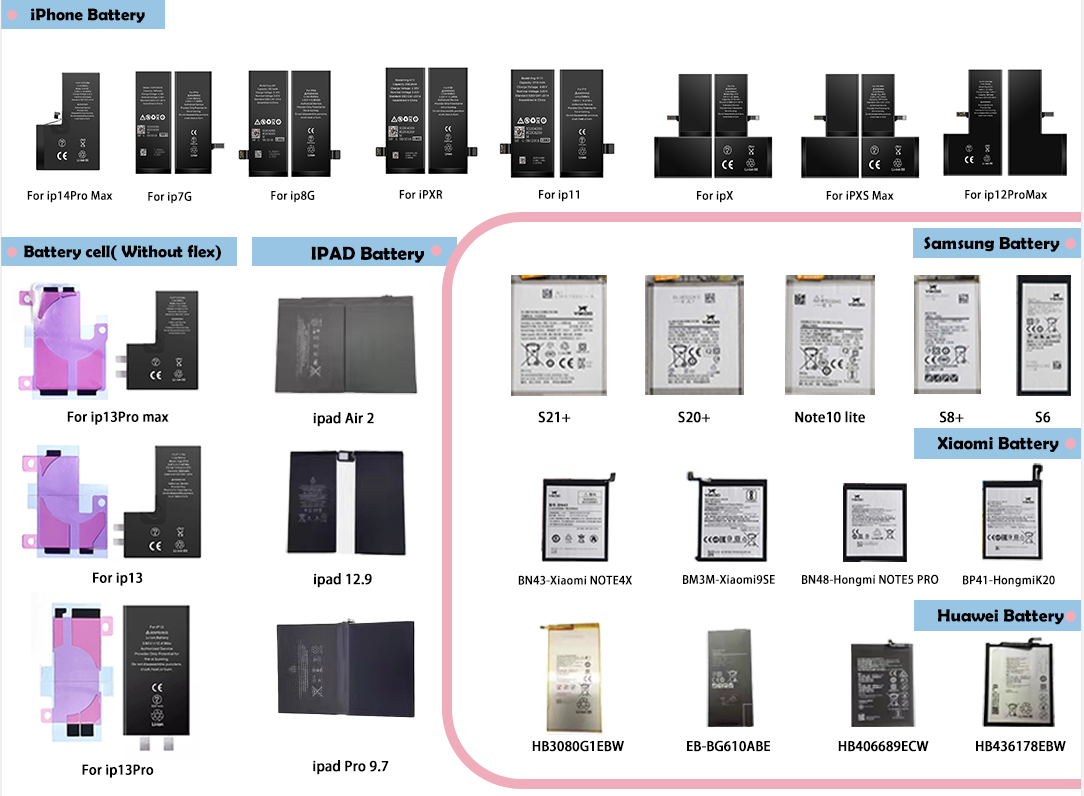


Description
1. Unplug Your Laptop: When your laptop is fully charged, unplug it from the charger. Keeping your laptop plugged in for extended periods can cause damage to the battery and shorten its life span.
2. Don't Leave Batteries Unused: If you have a spare laptop battery, don't leave it unused for extended periods. Lithium-ion batteries can lose their charge over time, even when not in use. Be sure to use your spare battery periodically to keep it charged.
3. Clean Your Laptop: Regularly cleaning your laptop can help improve its performance and reduce the strain on your battery. Dust and debris can cause your laptop's cooling system to work harder, which can drain your battery faster. Use a soft, lint-free cloth to clean the exterior of your laptop, and use compressed air to remove dust from the keyboard and vents.
4. Disable Unused Programs: Programs running in the background can drain your battery, even if you're not actively using them. Disable any programs that you're not using to save power.
5. Use a Power Bank: A power bank is a portable battery that can charge your laptop on-the-go. This can be especially helpful if you're traveling or working in an area without a power outlet. Be sure to choose a power bank that is compatible with your laptop, and check the capacity to ensure it can provide enough power.
6. Keep Your Laptop Updated: Updates can provide improved performance and can also help optimize your laptop's power usage. Be sure to regularly update your laptop's software, including the operating system and any installed programs.
7. Use Efficient Programs: Some programs are more power-hungry than others. For example, video editing software and games can drain your battery quickly. Try to stick to more efficient programs when working on battery power.
8. Choose the Right Power Mode: Many laptops have power-saving modes that adjust the settings for optimal battery life. Be sure to choose the right power mode based on your needs. For example, if you're watching a movie, you may want to choose a mode that optimizes video playback.
Description
1. Turn off Wi-Fi and Bluetooth: Wi-Fi and Bluetooth connections use battery power to search and maintain connections. If you're not actively using these connections, turn them off to save battery life.
2. Use a dark theme: Using a dark theme for your laptop's display can help improve battery life. Dark themes use less battery than light themes because they don't require as much power to illuminate black pixels.
3. Disable background apps: Check to see if there are any background apps running that you might not want. Background apps consume battery even when you're not actively using them. Disable any unnecessary apps to save battery life.
4. Use hibernate mode: If you plan to not use your laptop for an extended period of time, use hibernate mode instead of sleep mode. Hibernation saves your current state and then shuts down your laptop, extending battery life.
5. Choose the Right Power Mode: Many laptops have power-saving modes that adjust the settings for optimal battery life. Be sure to choose the right power mode based on your needs. For example, if you're watching a movie, you may want to choose a mode that optimizes video playback.


